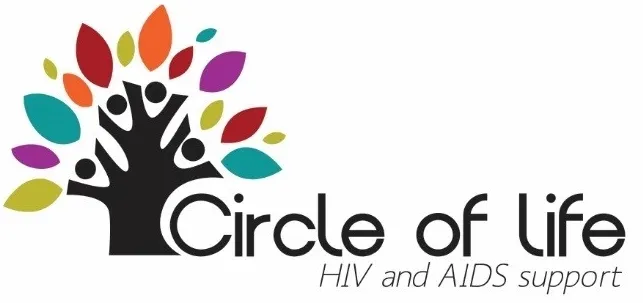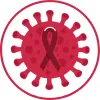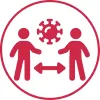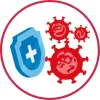Frequently Asked Questions
Empowering Lives with HIV Support, Care & Education. Join Circle of Life in the Fight Against AIDS
DONATE NOW
Here you will find all the FAQs, that you need on HIV/AIDS
Frequently Asked Questions
GENERAL
+ What services does Circle of Life HIV and Community Support offer?
+ What other services does Circle of Life HIV and Community Support offer?
+ How much do you charge for the services?
+ How can I contact Circle of Life ?
Frequently Asked Questions
WHAT IS HIV/AIDS
+ What is HIV ?
Frequently Asked Questions
TRANSMISSION OF THE DISEASE
+ What is PLHIV?
+ What is HIV?
Frequently Asked Questions
PREVENTION
+ How effective are condoms in preventing HIV?
+ How do you use a male condom?
+ What is a female condom?
+ How do you use a female condom?
+ What is post-exposure preventive treatment?
+ How can injecting drug users reduce their risk of contracting HIV?
Join The Circle of Life
Subscribe to our newsletter for our latest updates
DOWNLOAD Your FREE HIV/AIDS Brochure HERE
DOWNLOAD BROCHURE
DOWNLOAD Your FREE HIV/AIDS Brochure HERE
2024 © Circle of Life - All rights reserved - Built & Managed by Digital Universe




